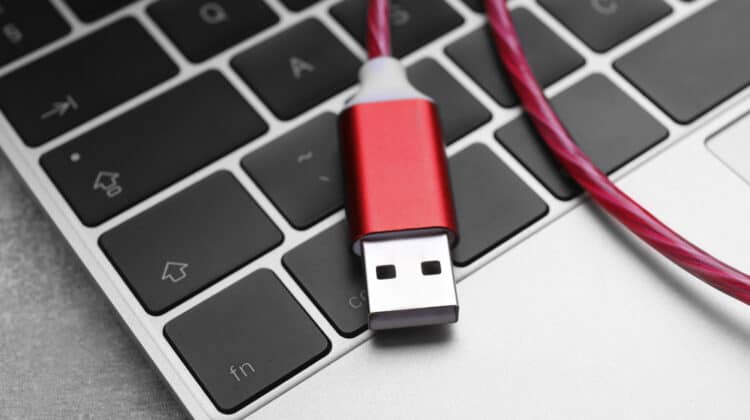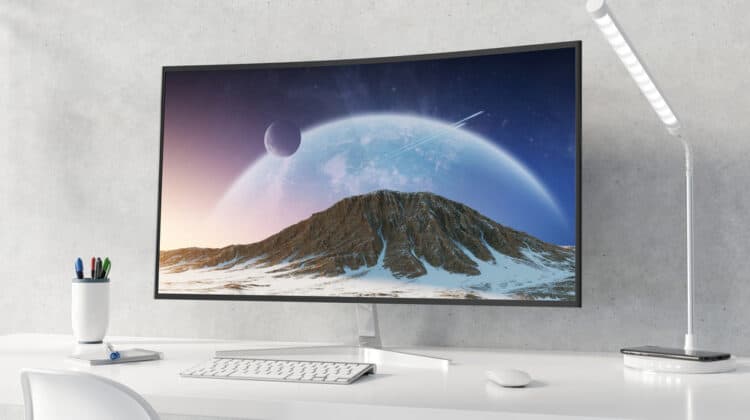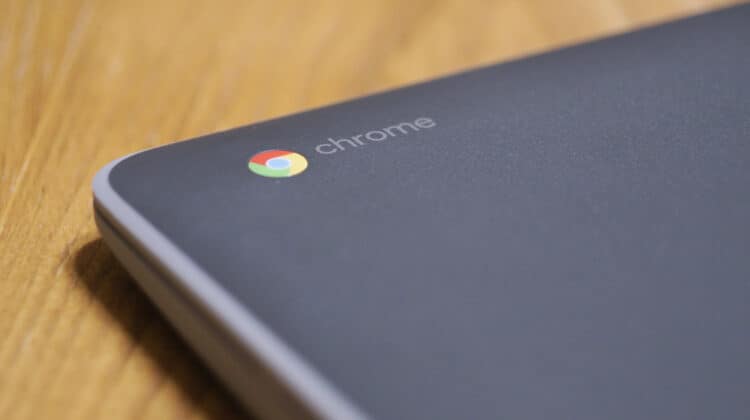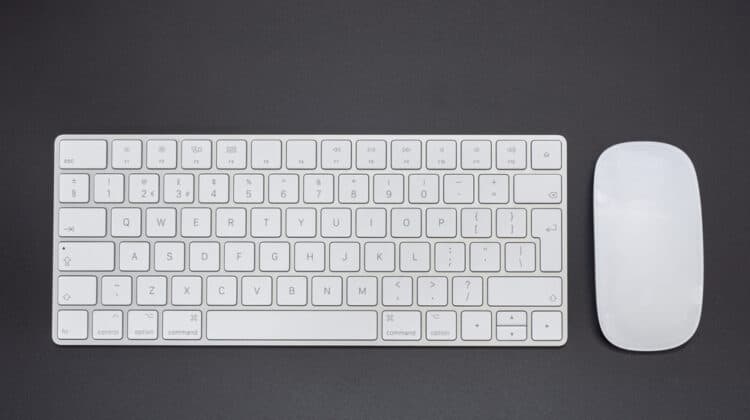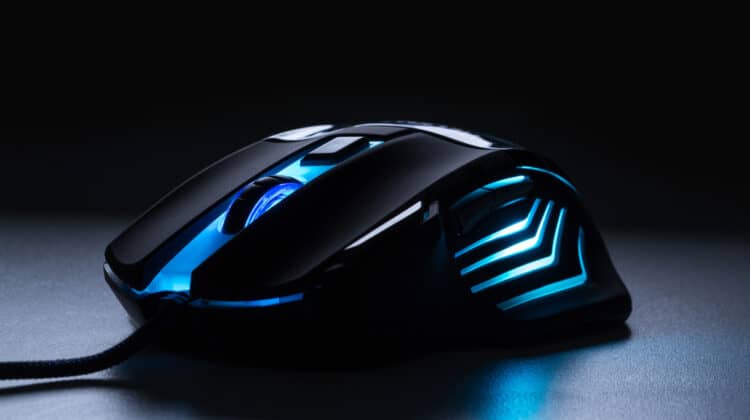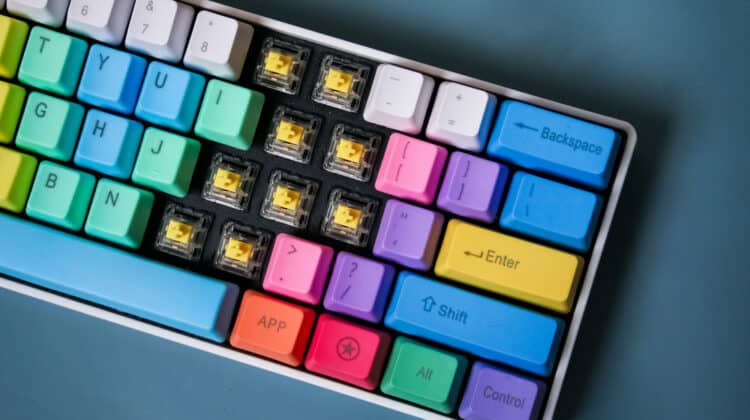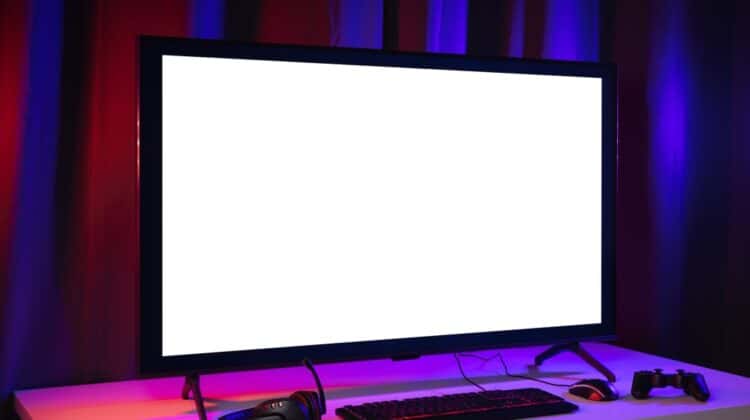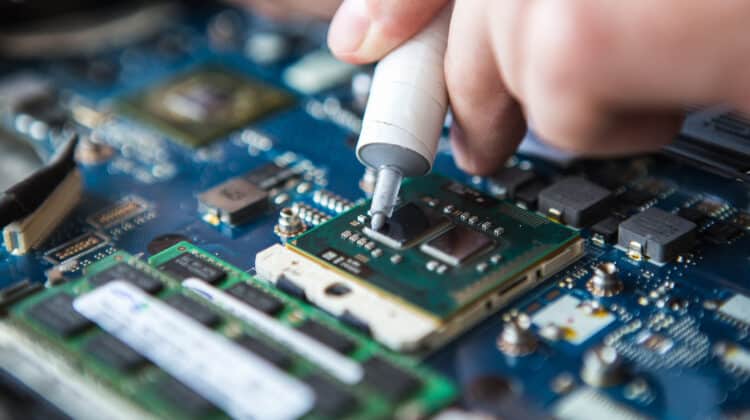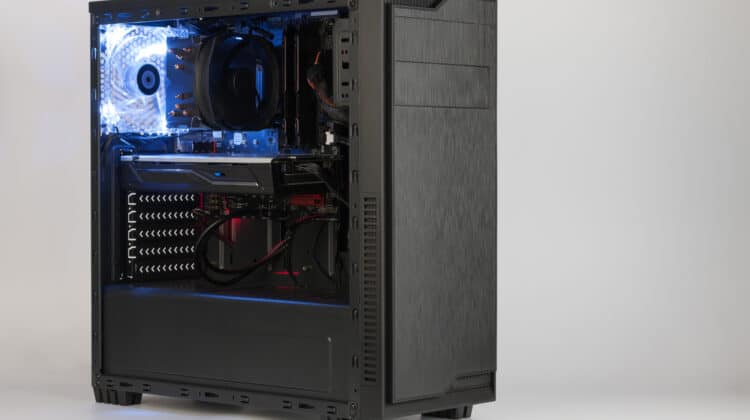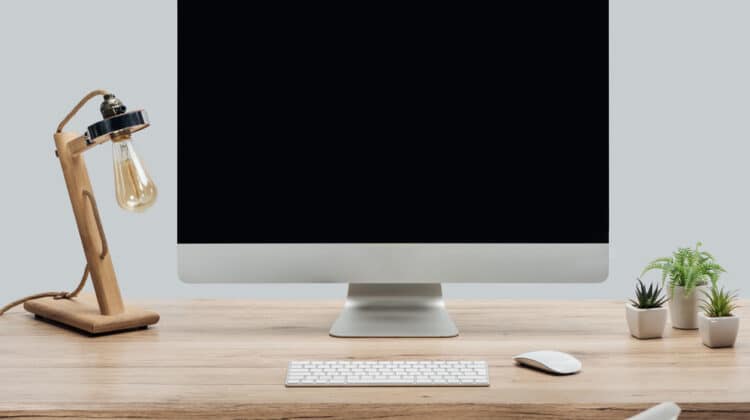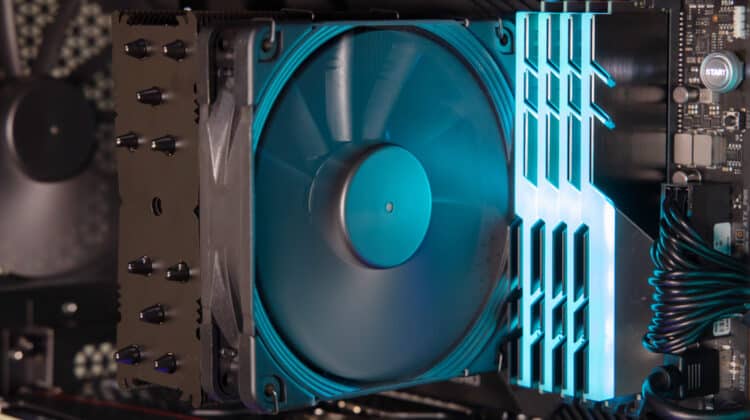
Many Windows 8.1 users have reported that their computers won’t shut down, which can be frustrating.
While it’s a common issue, the shutting down problem may have a wide range of various causes.
This article explores all of these potential reasons and how you can address them.
Windows 8.1 Won’t Shut Down (Causes, Fixes)
1. Restart Your Computer

The first solution to the Windows shutting-down problem is the good old restart.
More often than not, the underlying issue is not that serious, and you don’t need to take drastic measures to solve it.
It’s just a process running in the background that doesn’t allow the computer to shut down.
Try restarting the computer before shutting it down to kill that potential process.
When the system boots up, turn off the computer and see how it goes.
You could also kill problematic processes through the task manager by pressing Alt + Ctrl + Del simultaneously.
Under the “Processes” tab, select all the apps and press the “End Task” button for each of them separately.
After killing the app’s process, the app will be closed, and you can turn off your system using the standard shutdown method.
2. Turn Off The Hybrid Feature

Windows 8.1 has a feature called Hybrid Shutdown or Hybrid Reboot.
It’s a fast-boot feature, enabled by default on Windows 8.1, that works when Windows saves device drivers and the kernel session to the disk.
This way, it enables a fast startup, which is different from hibernation or sleep mode.
In other words, the kernel session goes into a hibernate mode instead of getting closed completely.
In this case, the booting time is fast because the kernel session goes out of hibernation.
One of the main causes that prevent Windows 8.1 from shutting down is the fast boot feature, although it was originally introduced to increase Windows performance.
For example, your computer may freeze after you click the shutdown button, or the computer restarts on its own when the login screen comes up.
The solution is very straightforward, though.
You can turn the Hybrid Shutdown feature off to prevent the kernel version from hibernating and close it completely when you shut the computer off.
This solution may lengthen the shutdown or startup process, but your computer won’t have any issues shutting down.
To disable the hybrid shutdown feature, you should first log on to your Windows 8.1 system using the administrator account for which you want to disable the feature.
Click on the “Start” button and find “Desktop.”
Open the “Desktop” file and hover your mouse on the bottom right corner of the opened window to see a list of options.
Find and click on “Settings” on the right-hand sidebar and open “Control Panel.”
Click System and Security > Power Options > Choose what the power buttons do.
This action opens the “System Settings” window in which you should choose “Change settings that are currently unavailable” and enable the advanced options.
Find “Shutdown settings” among the enabled options and scroll down to “Turn on fast startup (recommended)” to disable the hybrid shutdown feature.
Disable fast startup by unchecking the box next to this option.
Click on “Save Changes” and close the window.
You could disable hybrid shutdown through the command prompt, too.
Press Windows logo and X simultaneously to open the menu.
Find Command Prompt (administrator) to open the run box.
Enter the command “bcdedit /set disabledynamictick yes” in the box (without quotation marks).
A lot of people have reported their issue disappeared after they ran this command.
3. Restart The Paging File

As a computer user, you may know that a computer has two different types of memory: RAM (Random Access Memory) and Virtual Memory.
All programs need RAM to operate because they go to RAM when you execute them.
When your computer doesn’t have enough RAM to run a particular program, Windows stores the information usually stored on RAM in a file called a “paging file” on your hard disk.
That’s how Virtual Memory works by temporarily storing data that doesn’t have enough space on RAM.
Many users of Windows 8.1 and other versions of Windows have reported that their shutdown issue was due to a paging file problem.
The solution is simple and seems to have worked for many users.
You can restart the paging file and solve any issue related to it.
Open the “Start” menu and right-click on “This PC.”
Select Properties > Advanced System Settings > Advanced > Performance Settings.
Click on the “Advanced” tab and then on the “Virtual Memory” option.
Click on “Change” and select “No paging file.”
Click “OK” to save changes.
Then shut down your computer by either using the start menu or the power-off button.
Then, turn on your computer again, repeat the above steps, and choose “System managed size” instead of “No paging file.”
Shut down the computer again and turn it back on.
This way, you reboot your paging file, and the problem goes away.
4. Uninstall Latest Updates

If your system has run into the shutting-down issue after a recent Windows update, then this update may be the culprit.
Try rolling back to previous updates to see if it changes the situation.
Hit the Windows key + X simultaneously to open the menu and click “Control Panel.”
Locate “Programs and Features,” click on it and find “Tasks” on the left-side pane.
Click “View installed updates” under “Tasks” and find the update you want to uninstall.
Click “Uninstall” and follow the on-screen prompts to finish the uninstall process.
5. Force Shut Down Your Computer

If you’ve tried the solutions mentioned above but couldn’t pin down the root cause or solve your problem, you could use the force shutdown option.
This way, you literally force your system to shut off.
While Windows has different ways to shut off a computer regardless of its model, you can use the power button in most cases.
All you need to do is press the power button and hold it for a few seconds until the computer shuts off.
Alternatively, you could press Ctrl + Alt + Del to open the task manager.
Look at the bottom-right corner of the screen to find the power button and click on it.
Another way is to press Alt + F4 to open the “Shut Down Windows” window.
You could also use the command prompt to shut off your computer.
It’s one of the most common ways of shutting down Windows as it’s easy and only needs a single-line command to execute.
Press Windows key + X, open the command prompt box, and type “shutdown /s /f /t 0” in it. (Again, remember to omit the quotation marks.)
Your computer turns off as soon as you press enter, so save all your work before running this command.
A. Create A Batch File
If you find it difficult to memorize this command every time you need to use it, you can create an executable batch file.
It’s a simple process that allows you to shut down your computer directly from the desktop.
To create this file, click anywhere on your desktop to open the menu.
Scroll down to “New” and click on “New Text Document.”
Type the shutdown command, “shutdown /s /f /t 0” (without the quotation marks) in the notepad, and click on “File” at the top right corner of the window.
Select “Save” and choose “Desktop” to save the file on this location.
This way, you can run the file conveniently from the desktop, and you don’t need to do any extra actions.
Now, click on the “Save as” option and choose “all files.”
This way, you prevent the file from being saved as a text file.
Then hit “save.”
To use it as an executable file, you need to create a shortcut for this file.
Right-click on the text-file icon of the file you’ve created on your desktop and click “Create shortcut.”
You can name the file “Shutdown” to find it easily and quickly whenever you want to shut off your computer.
If you want your desktop to be clean, you can pin that shortcut file to the taskbar.
All you need to do is drag the file and drop it on the taskbar.
Now, whenever you want to shut down your system, simply right-click on it and choose “Run as Administrator.”
If you want to turn off your computer by double-clicking the executable batch file, you can make the necessary changes.
You can simply right-click on the file on the desktop and select “Properties.”
Go to the “Shortcut” tab and click on “Advanced.”
Check the box next to “run as administrator” and press “OK.”
This way, you can shut down your system just by double-clicking this file.
B. Add A Shutdown Button To The Desktop Context Menu
Open Registry Editor by pressing Windows key + R and type in regedit.
Navigate to HKEY_CLASSES_ROOT\Desktop\Background\Shell
Find “Shell” on the left pane and select “New > Key.”
Assign the name “Shut Down” to the key.
Right-click “Icon” and pick “Edit string.”
Put the value “shell32.dll,-28” for the data value.
Select “Bottom” for “Position.”
Under the “Shut Down” key you created, repeat the same processes to create a “Command” subkey.
Click on the subkey to see its default string in the right pane.
Right-click it, select “Modify,” and enter shutdown.exe -s -t 00 -f as the data value.
Press OK, go back to the desktop, and see if the shutdown key has been added to the context menu.
6. Check For A Corrupt Hard Drive

The problem with Windows shutting down could be because of hard-drive errors.
In these cases, Windows saves files on hard drives’ corrupted files when you shut down your system, making the shutdown process slow or impossible.
You can use the Windows error-checking utility to fix hard drive errors.
Go to My Computer and right-click on your system drive, which is usually Drive C.
Click on “Properties,” select “Tools,” and hit the “Check” button under the “Error-checking” option.
You’ll see a popup menu with two options.
Choose both of them and click “OK.”
The error-checking process starts and fixes any issues it detects.
7. Run The Windows Troubleshooter

You can use the troubleshooter feature on Windows 8.1 to get Windows to look for issues and solve them automatically.
Press Windows key + C to open the Charms bar and click on “Search.”
Type “Troubleshooting” in the search box and click on the first result that comes up.
This action will open an interface to troubleshoot Programs, Hardware and Sound, Network and Internet, and System and Security.
Select an option that you think might be the cause, or you could select all the options and run the troubleshooter.
If there are any issues in your system, the Windows troubleshooter can fix them.
You can click on the “View detailed information” link to see what the problem was.
Then, turn off your computer to see if it’s solved.
8. Update Drivers Or Windows
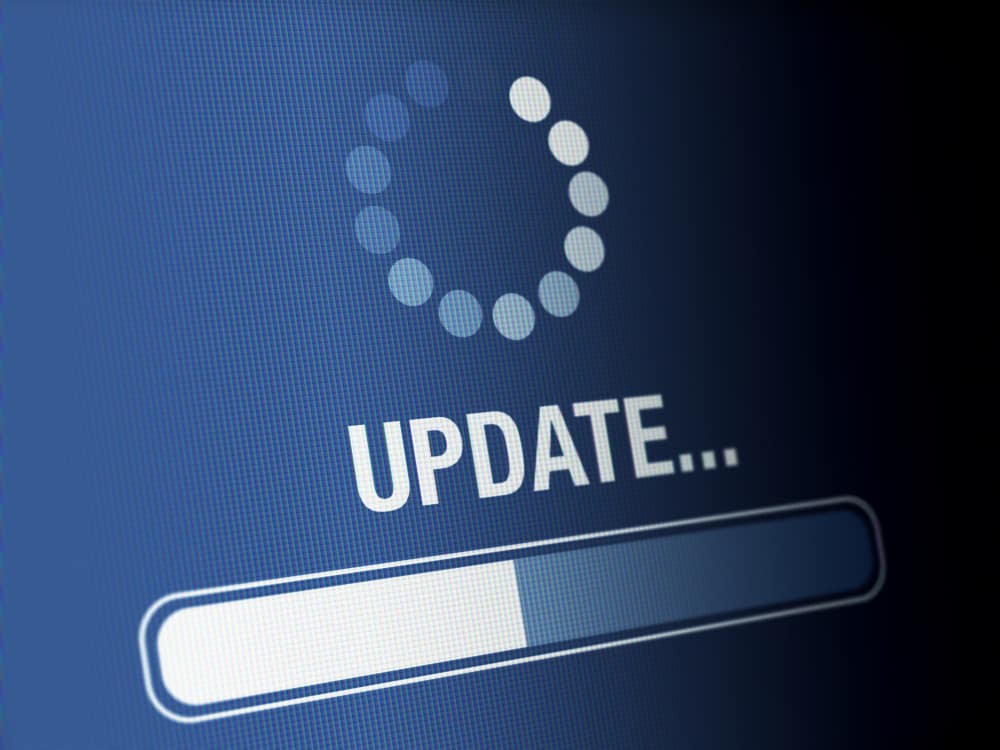
If your Windows version or drivers are outdated, your system may run into shutdown problems.
Make sure you have the latest drivers and Windows version to see if your problem goes away.
Open the Charms bar and go to “Settings.”
Look at the left pane of the opened window and select “Update and Recovery.”
Click on “Windows Update” to see if there’s a new update of your current Windows version and if you can download the update automatically.
You could also check for new Windows updates by manually triggering them.
Open the Windows Update window and click on “check now” to get Windows to check for available updates.
After searching, Windows alerts you if there are available updates or not.
Either way, click on “View details” to see what you can do.
If there are updates available, you can either choose all important updates or install each update individually.
Finish the Process by hitting “Install.”
After installation is complete, you should restart your system to get everything configured.
Then check your shutdown process to see if the updates have fixed your issue.
9. Identify Conflicting Programs With The Event Log Viewer

Event Viewer is a feature that allows you to see detailed information about important events on your system.
For example, you can see the programs that have trouble booting or automatically downloaded updates.
It also helps you detect errors in programs, applications, and the entire Windows system.
You can use it to solve the shutdown issue, as well.
Press Windows key + R and type eventvwr in the box.
Press “OK” to open the Event Viewer window.
Look at the pane on the left and click on “Windows Logs.”
Select “Application log” and “system log” and verify both of them.
Now, carefully inspect all the logs to find any errors registered upon shutdown.
Select “details” under “error logs” and check the “faulting application name” to see if there are any problematic applications that prevent Windows from shutting down.
After identifying the conflicting application, uninstall it and if it’s a vital program, reinstall it.
Now, shut down your computer to see if the problem has gone away.
10. Reset Windows Power Plan

Windows Power Plan is a tool that determines how much power your device uses or conserves.
It has three default options that you can choose from.
They include Balanced, Power Saver, and High Performance.
The default option for Windows 8.1 is “Balanced,” but if you have a customized power plan, try resetting it to default.
Go to Settings and open “Control Panel.”
Find “Power Options” in the list and click on it.
Alternatively, you could get to the Power Options window by pressing Windows key + R.
Then type “powercfg.cpl” in the box.
Check your current power plan, and if it’s not “Balanced,” click on “Change plan settings.”
Click on the “Change advanced power settings” link and select “Restore plan defaults.”
Now shut down your PC to see if the issue persists.
11. Restore Your Windows

Sometimes Windows 8.1 won’t shut down because you installed a new program that’s conflicting with Windows or has processes that are preventing Windows from shutting off normally.
You may have made other changes to the computer that you can’t remember or aren’t aware of.
The best option in such cases is to restore your Windows to a predefined date and see if it solves your problem.
Remember to get a backup of all your vital data, although system restore doesn’t delete your documents, images, or videos.
To restore your Windows, go to Control Panel > Recovery > Open System Restore.
Alternatively, you could type “rstrui.exe’’ in the Run Command Box, which you open by pressing Windows key + R.
After going to the restore section, you’ll see a list of dates you can restore your system to.
Choose your intended date and click “Next.”
You’ll see a window that reviews the restore option you’ve picked.
After checking everything is okay, click “Finish.”
You’ll get a popup window to warn you that you can’t undo system restore once you start it.
Confirm your action by clicking “Yes.”
After the restore process is complete, your system goes back to when everything was working fine.
Now check if Windows 8.1 shuts down normally.
Note. If you can’t find any restore points in the system recovery section, you can create your own date. Go to Control Panel > System > System protection.
You may need to enter your password or provide confirmation.
After entering the required information, type your intended date in the dialog box and click on “Create.”
NEXT: How To Rewind On Twitch (Step-By-Step)



